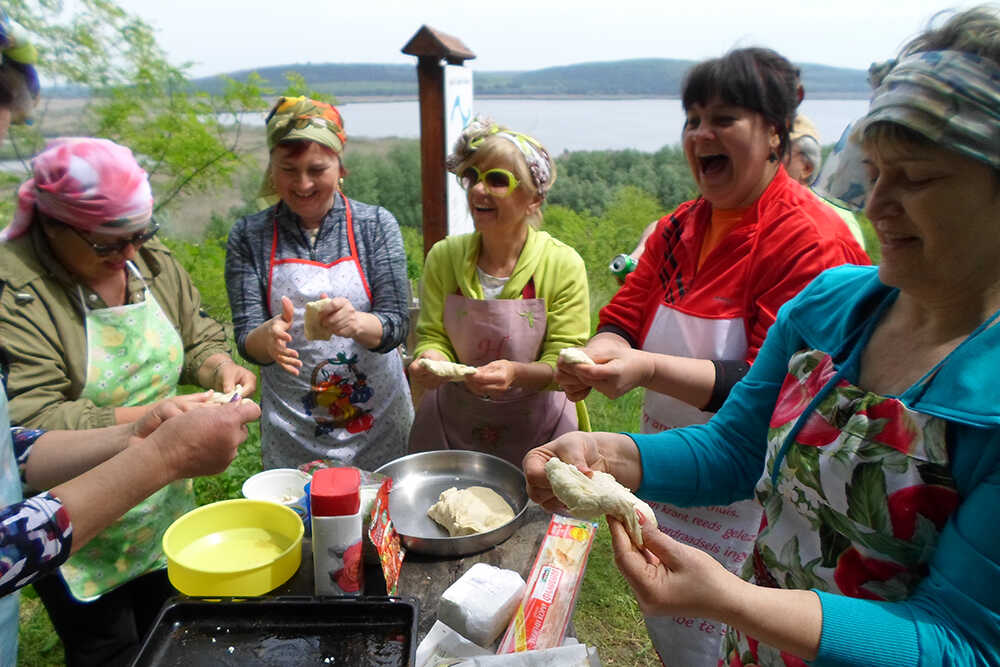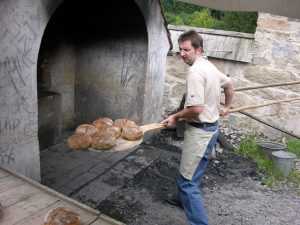Here, we explain the overall ideas of photosynthesis and spotlight how experts are learning this natural and organic approach to assist establish cleanse fuels and resources of renewable power.
There are two sorts of photosynthetic processes: oxygenic photosynthesis and anoxygenic photosynthesis. The final principles of anoxygenic and oxygenic photosynthesis are certainly similar, but oxygenic photosynthesis is the most widespread and is particularly viewed in crops, algae and cyanobacteria. While in oxygenic photosynthesis, mild vigor transfers electrons from paraphrasing in apa water to carbon dioxide, to create carbohydrates. On this transfer, the CO2 is “reduced,” or receives electrons, additionally, the drinking water turns into “oxidized,” or loses electrons. In the end, oxygen is created in conjunction with carbs.
Oxygenic photosynthesis features as the counterbalance to respiration by having during the carbon dioxide produced by all respiration organisms and reintroducing oxygen towards environment.Then again, anoxygenic photosynthesis makes use of electron donors besides water. The process frequently takes place in germs such as purple micro organism and green sulfur germs, which are predominantly located in varied aquatic habitats.”Anoxygenic photosynthesis does not develop oxygen ? therefore the identify,” reported David Baum, professor of botany with the University of Wisconsin-Madison. “What is manufactured depends around the electron donor. One example is, many germs utilize the bad-eggs-smelling gasoline hydrogen sulfide, producing reliable sulfur for a byproduct.”
Though equally kinds of photosynthesis are complicated, multistep affairs, the overall strategy may very well be neatly summarized as the chemical equation.Pigments are molecules that bestow coloration on crops, algae and microorganisms, however they can also be liable for correctly trapping sunlight. Pigments of various colors absorb distinctive wavelengths of light. Below are classified as the 3 main groups.
Chlorophylls: These green-colored pigments are capable of trapping blue and pink mild. Chlorophylls have 3 subtypes, dubbed chlorophyll a, chlorophyll b and chlorophyll c. As outlined by Eugene Rabinowitch and Govindjee in their guide “Photosynthesis”(Wiley, 1969), chlorophyll a is found in all photosynthesizing crops. You can find also a bacterial variant aptly named bacteriochlorophyll, which absorbs infrared light-weight. This pigment is principally observed in purple and environmentally friendly bacteria, which execute anoxygenic photosynthesis. Photosynthetic eukaryotic organisms consist of organelles referred to as plastids in their cytoplasm. The double-membraned plastids in crops and algae are known as essential plastids, whilst the multle-membraned vast array present in plankton are described as secondary plastids, as per an articlein the journal Mother nature Instruction by Cheong Xin Chan and Debashish Bhattacharya, researchers at Rutgers College in New Jersey.
Photosynthesis takes place inside of the https://www.northeastern.edu/admissions/student-life/athletics/ chloroplasts; particularly, while in the grana and stroma locations. The grana stands https://www.paraphrasingonline.com/ out as the innermost part of your organelle; a collection of disc-shaped membranes, stacked into columns like plates. The individual discs are named thylakoids. It’s in this article that the transfer of electrons requires site. The empty spaces in between columns of grana represent the stroma. Chloroplasts are just like mitochondria, the vigor centers of cells, in they have their unique genome, or selection of genes, contained within circular DNA. These genes encode proteins crucial to the organelle and to photosynthesis. Like mitochondria, chloroplasts are also imagined to own originated from primitive bacterial cells because of the whole process of endosymbiosis.



